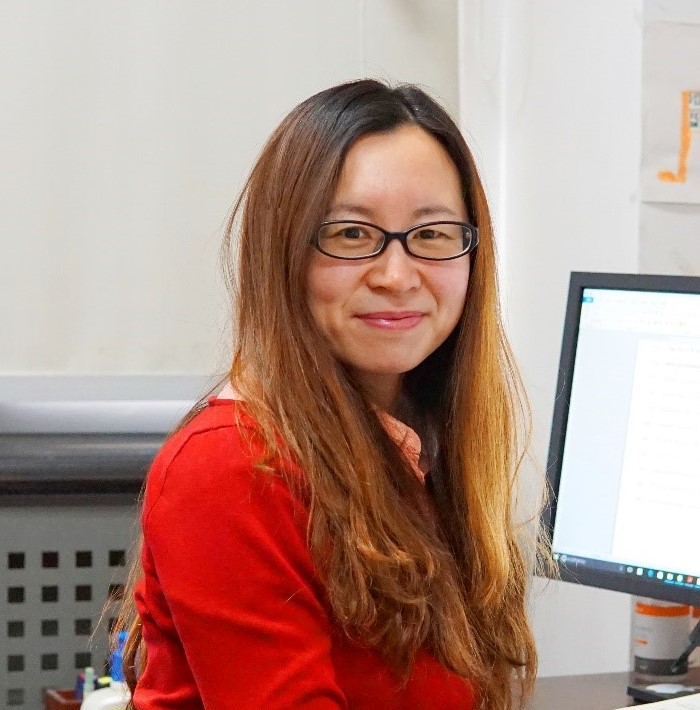使用账号密码登录
Welcome Back
使用表单注册
Welcome Back
Brief Introduction
Deciphering the secrets of how primates are formed
Fine-tuned development of the embryo is a prerequisite for successful implantation and the born of a healthy baby. Dysregulation of embryo development may lead to adverse pregnancy outcomes, such as abortion and the born of babies with birth defects. By combining in vitro culture models for monkey and human embryos, and a well-established platform for the extraembryonic placenta research (including various trophoblast cell fusion/invasion/migration models, trophoblast stem cells, live-cell imaging, tissue clearing, high-throughput proteomics, single cell RNA-seq, etc), we spend all our efforts in trying to decipher the hidden secrets of how primate embryos are developed and what are the roles of the extraembryonic tissues in supporting the embryos at different stages of pregnancy.

